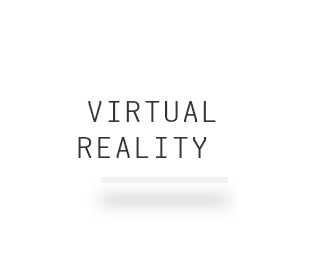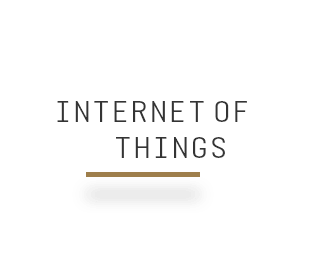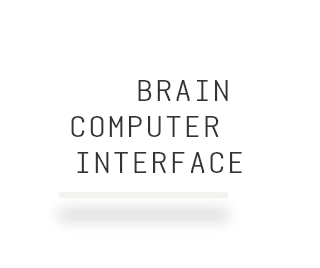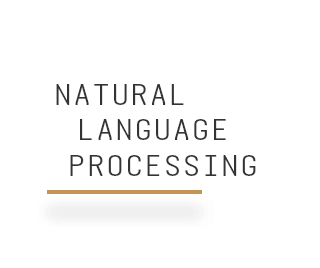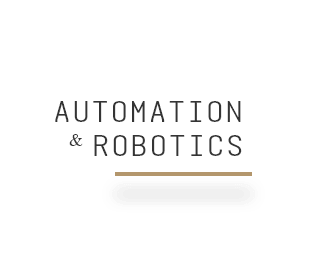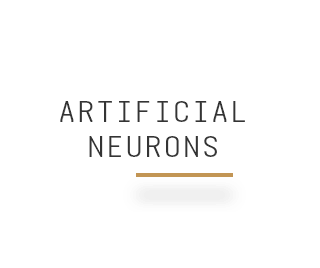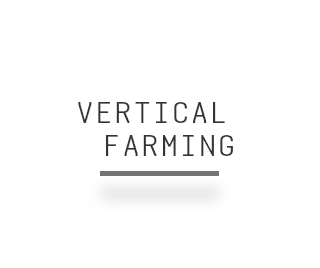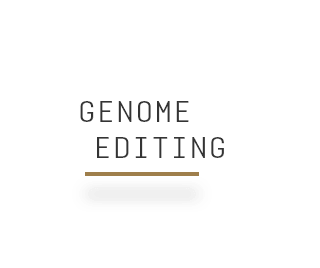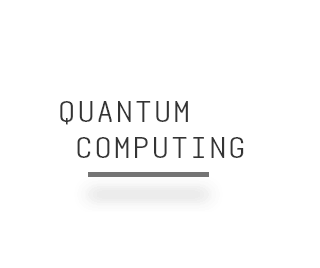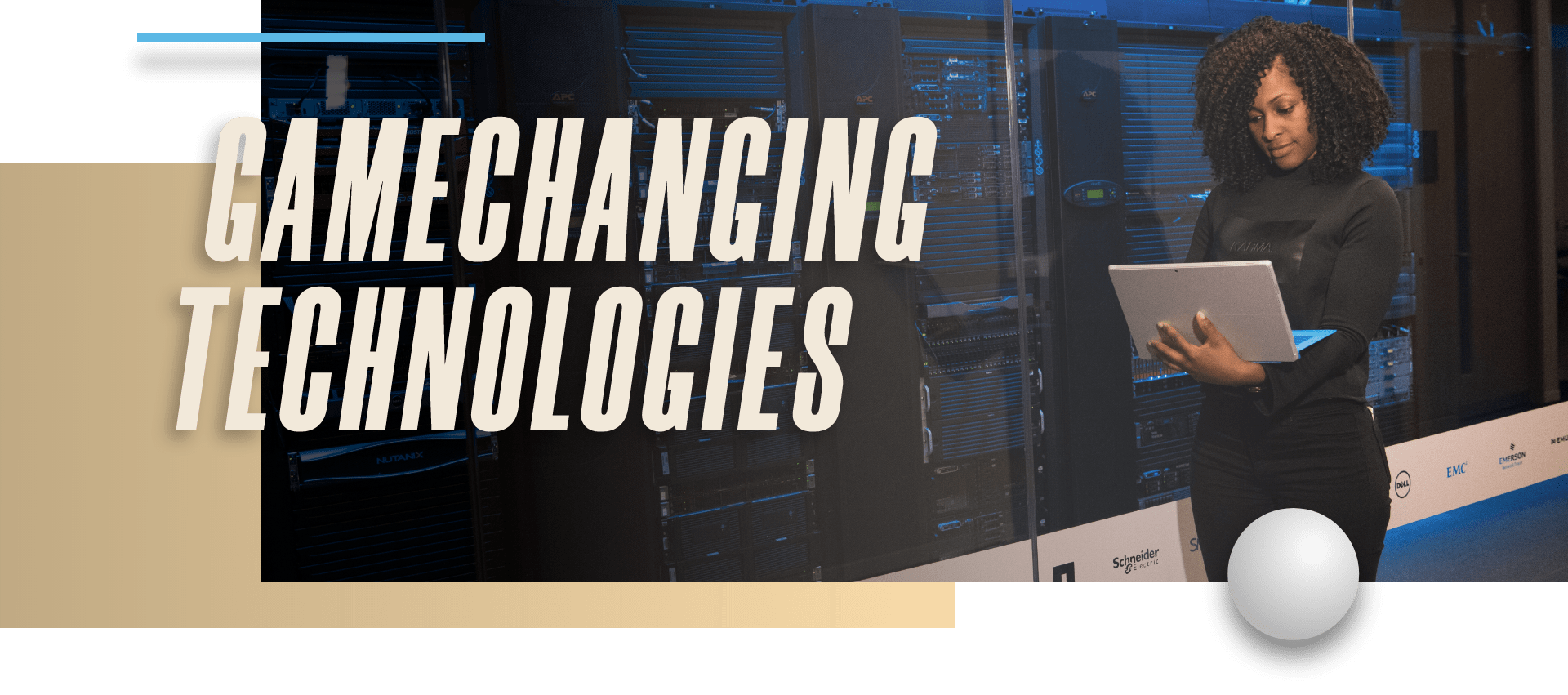
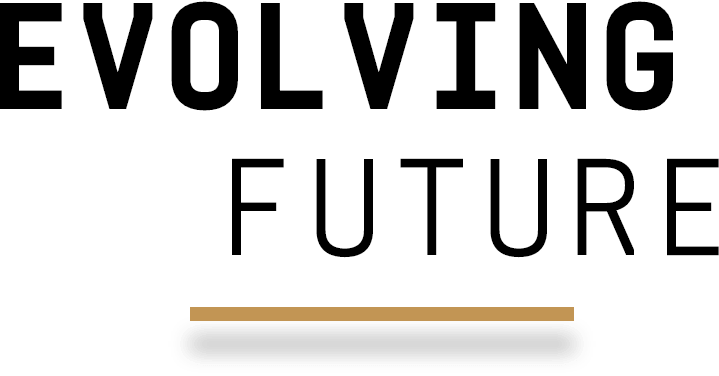
Technology is revolutionizing the way we live, work, interact with our environment and among ourselves. At the same time innovation constantly tests our concept of present and future, largely based on a linear model that is already undergoing a redefinition.
We are on the starting line of a pivotal decade. A decade that is likely to be remembered as a launching pad to a very different future, marked by uncertainty, complexity and an inability to predict how an overwhelming number of variables will connect to shape the world.
The collision between technology and society will become more intense. Considering scenarios such as blurring the boundaries between the physical and the virtual world, the merger with machines, genetic engineering and others, we could leave this decade positioned for the next tipping point in history, as a fundamental change in the nature of the ‘human being.
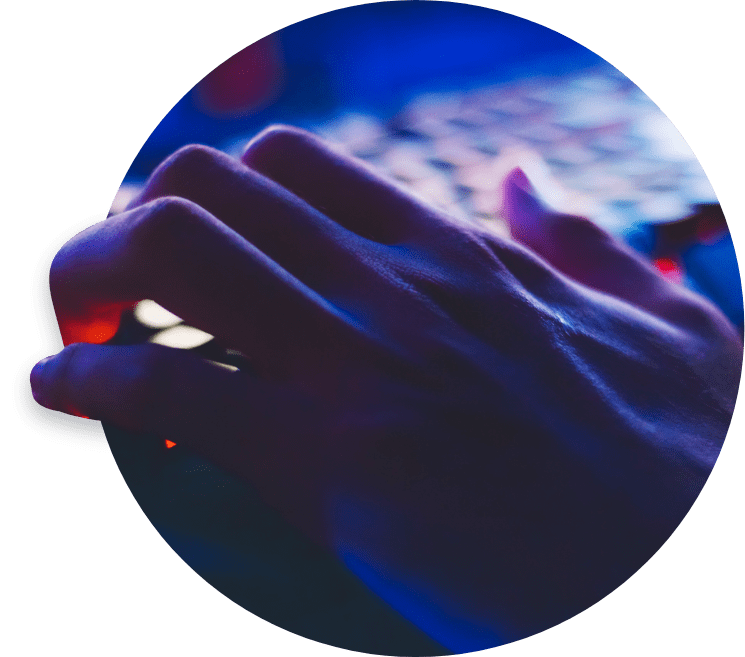
TECHNOLOGICAL INNOVATION CHALLENGES OUR CONCEPT OF PRESENT AND FUTURE.
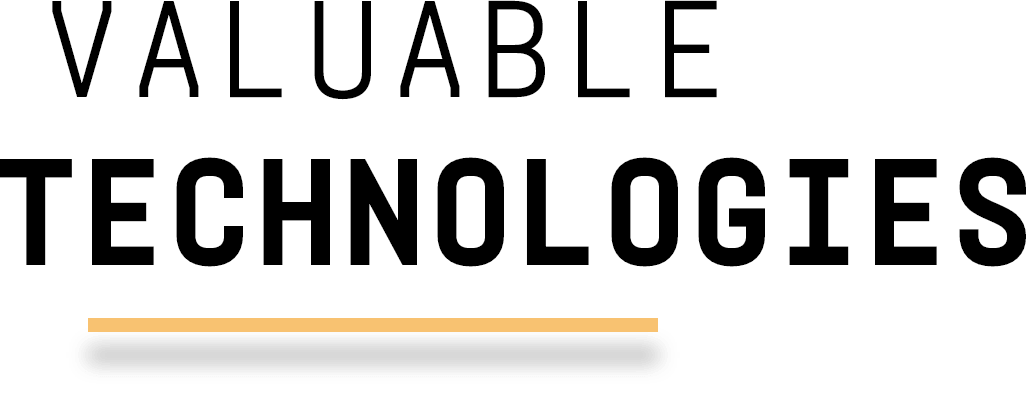
From year to year, the evolution of technology is a staggering promise, an opportunity and an uncertainty.
Digital progress continues to reshape our world in ways that encourage people to form new habits, find new ways to work together and become better human beings. And, in most cases, these changes translate into a series of opportunities and disruptions in each sector.
This emerging future cannot be predicted, but it can be proven at some level if we can imagine the convergence, implications and obstacles generated by these new technologies.
This approach is intended to help a growing number of organizations make sense of digital progress by applying it with extraordinary confidence and following this unclear path to gain competitive advantage through these emerging technologies.
Here we have listed some of the technologies constantly in our radar, with which we work and which we study in order to better understand the different factors that could create or shape the near future.
A list that does not intend to be exhaustive exhaustive, which in the next decade will be enriched with revolutionary new technologies that will change the way we think and work.
AI OPENS A NEW ERA BY WHICH HUMAN INGENUITY IS AMPLIFIED BY THE SPEED AND PRECISION OF MACHINES
Artificial Intelligence (AI) is one of the most transformative tech evolutions of our time. It has become a crucial part of daily human lives and it assists in almost every scenario.
As people will increasingly become used to working alongside AI, designing and deploying our own AI-based systems will remain an expensive proposition for most businesses.
What Is Artificial Intelligence
AI refers to computers systems built to mimic human intelligence and perform tasks such as recognition of images, speech or patterns and decision making.
AI can do these tasks faster and more accurately than humans.
Artificial Intelligence Applications
Examples that demonstrate how pervasive the technology has become in our everyday lives span across multiple industries. AI-enabled customer assistants and personalized shopping experience. Safeguarding patients personal records against cybercriminals to assisting in surgeries.
Real-time reporting, accuracy, and processing of large volumes of quantitative data for the financial sector,. But also the Netflix recommendations that audience get on the basis of their watching history is a part of AI.
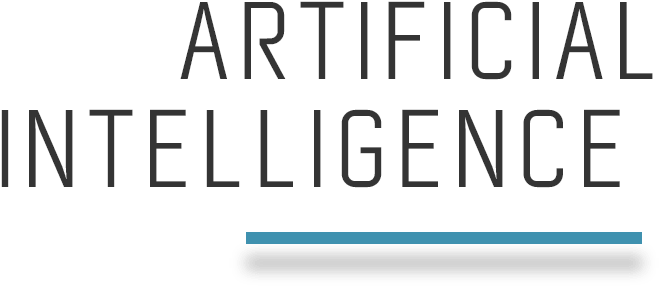
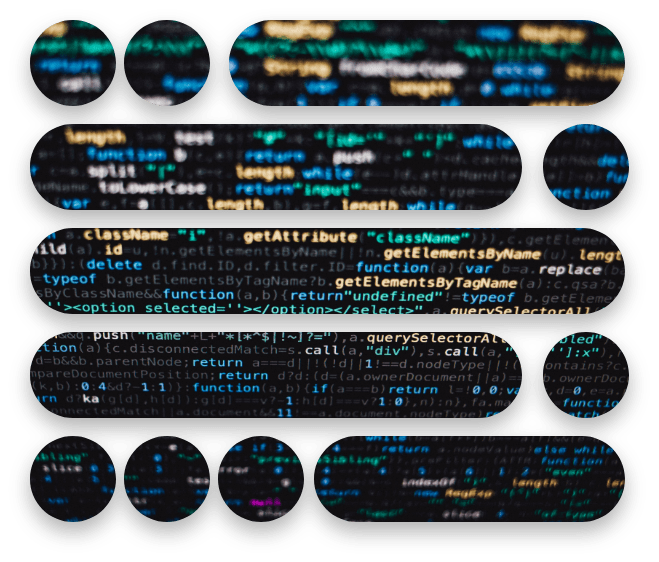
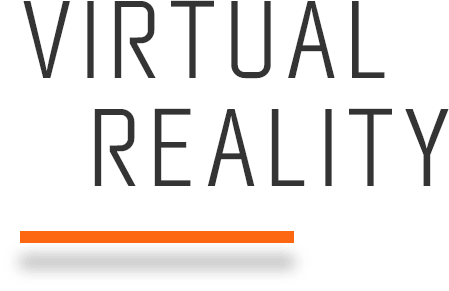
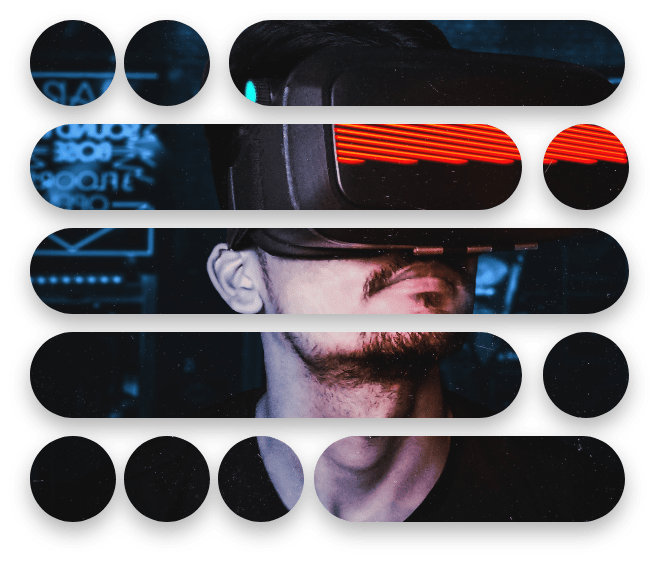
IN THE NEAR FUTURE VR WILL BECOME A FUNDAMENTAL WAY IN WHICH WE COMMUNICATE AND WORK
The idea of immersing ourselves in 3D environments dates all the way back to the stereoscopes that captivated people’s imaginations in the 19th century.
With VR the experiences we have virtually, from our reactions to our surroundings to the quality of our interactions, are stored and retrieved in our brains like any other experiential memory.
What Is Virtual Reality
Virtual reality (VR) is the use of information technology to create a simulated environment.
The virtual environment is presented to our senses in such a way as to influence our perception and cognition in order to experience it as if we were really there. VR is either going to upend our lives in a way nothing has since the smartphone,
Virtual Reality Applications
VR has application for both entertainment and serious uses. Examples are virtual merchandising visualizing, testing and optimizing the design of physical experiences. Immersive learning, a highly effective way for organizations to deliver formal training while reducing costs. Immersive films and video games are some other good examples.
Wherever it is too dangerous, expensive or impractical to do something in reality, virtual reality is the answer. From trainee fighter pilots to medical applications trainee surgeons, virtual reality allows us to take virtual risks in order to gain real world experience.
AR INNOVATIONS OFFER NEW OPPORTUNITIES FOR A VAST AMOUNT OF MARKETS AND INDUSTRIES
Augmented Reality (AR) foresee a fast development and evolution because of some key drivers as an increasing number of phones and tablets and their extended functionality or increasing internet speed.
What Is Augmented Reality
AR is a view of the real, physical world in which users find elements enhanced by computer-generated input. While Virtual Reality creates an artificial environment to inhabit, Augmented Reality simulates artificial objects in the real environment.
A combination of sensors and algorithms determine the position and orientation of a camera, then renders the 3D graphics as they would appear from the viewpoint of the camera, superimposing the computer-generated images over a user’s view of the real world.
Augmented Reality Applications
From education to remote work, here are plenty of uses cases for AR technology. Examples are medical training: from operating MRI equipment to performing complex surgeries.
Public Safety: in the event of an emergency, people will immediately reach for their smartphone to find out what’s going on, where to go, and whether their loved ones are safe. Entertainment: perhaps the most famous example of AR technology is the mobile app Pokemon Go, where players locate and capture Pokemon characters that pop up in the real world.


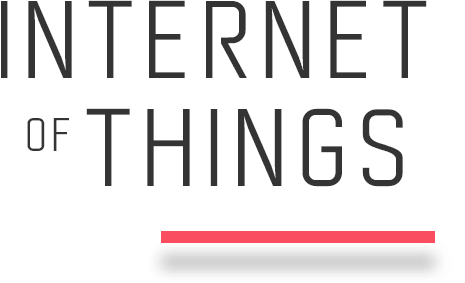
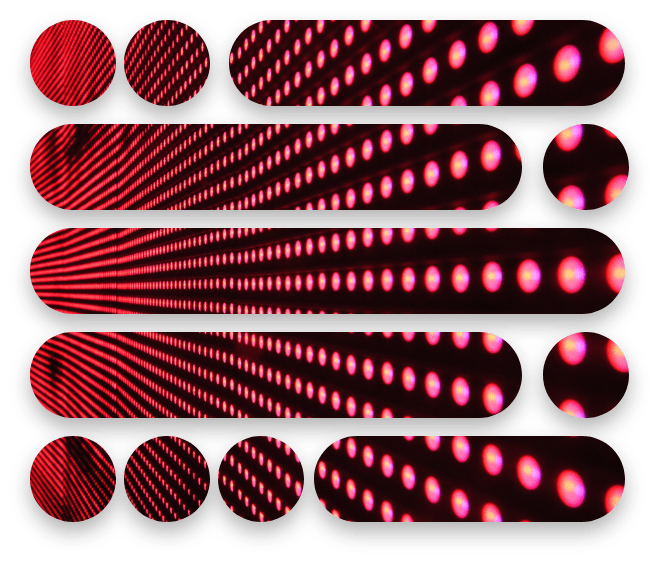
THE NEW RULE SET BY IOT ESTABLISH THAT ANYTHING THAT CAN BE CONNECTED, WILL BE CONNECTED
The IoT is a giant network of connected things which also includes people.
The relationship established is between things-things people-things and people-people. An enormous amount of connections that are estimated to be higher, over 100 billion.
What Is The Internet of Things
Internet of Things (IoT) encompasses everything connected to the internet, but it is increasingly being used to define objects and devices, from simple sensors to smartphones and wearables, connected together and that talk to each other.
This includes everything from cellphones, coffee makers, washing machines, headphones, lamps, wearable devices and almost anything else you can think of. This also applies to components of machines, for example a jet engine of an airplane or the drill of an oil rig.
Internet of Things Applications
The benefit of IoT technology is expanded to a new level of accessibility which reduces the unpleasant gap between the physical and digital world and helps to improve our quality of life. Examples are: IoT enable to monitor and capture the patient’s health data, offering the required medical services to the users or patients without any delay. With IoT, users can access the smart home facilities such as smart heating system, refrigerators, connected security cameras, and lighting.
THE GOAL OF BLOCKCHAIN IS TO ALLOW DIGITAL INFORMATION TO BE RECORDED AND DISTRIBUTED, BUT NOT EDITED
Blockchain is reshaping industries by enabling trust, providing transparency and enabling value exchange across business ecosystems, potentially lowering costs, reducing transaction settlement times and improving cash flow and the movement of materials.
What Is Blockchain
Blockchain is a chain of blocks made up of digital pieces of information. The digital information (the “block”) is stored in a public database (the “chain”). Blockchain is a chain of blocks made up of digital pieces of information.
The digital information (the “block”) is stored in a public database (the “chain”). When a new block is added to the chain, it becomes publicly available for anyone to view. Looking at Bitcoin’s blockchain, anyone have access to transaction data, along with information about when (time), where (height), and by who (relayed by) the block was added to the blockchain.
Blockchain Applications
Blockchain forms the bedrock for cryptocurrencies like Bitcoin. By spreading its operations across a network of computers, blockchain allows Bitcoin and other cryptocurrencies to operate without the need for a central authority. This not only reduces risk but also eliminates many of the processing and transaction fees.
In Healthcare, providers can leverage blockchain to securely store their patients’ medical records. In Property Records Use blockchain has the potential to eliminate the need for scanning documents and tracking down physical files in a local recording office.

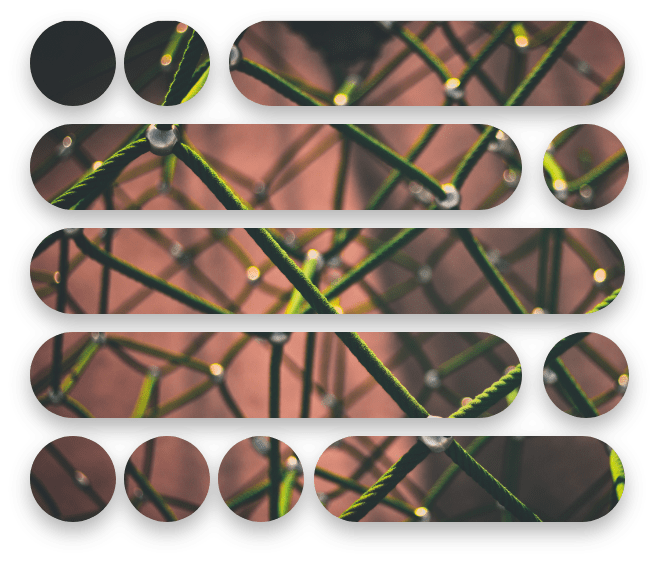
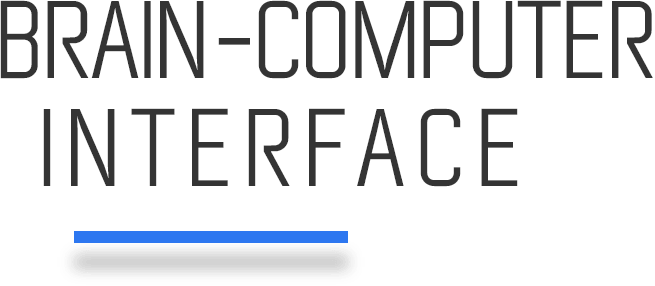
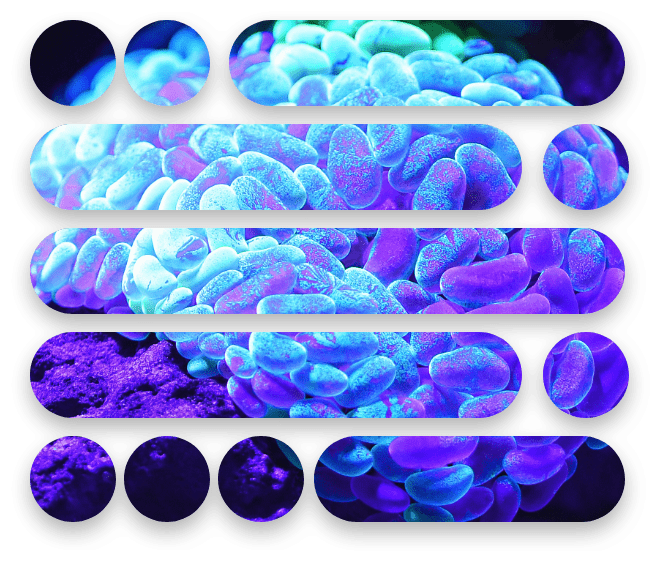
THE COMBINATION OF HUMANS AND TECHNOLOGY COULD BE MORE POWERFUL THAN ARTIFICIAL INTELLIGENCE
Development of a brain-computer interface (BCI) could be the most important technological breakthrough in decades. A few companies are pioneers in the field of BCI. Although in the research phase, some products are already on the market.
What Is Brain-Computer Interface
Brain-Computer Interface (BCI) are systems that allow humans to control, communicate and interact with technology using only the electrical signals in the brains or muscles.
When we think, thoughts are transmitted within our brain and down into our body as a series of electrical impulses. These impulses can be collected to define emotional states or identify which movements you intend to do.
Brain-Computer Interface Applications
Brain–computer interfaces are starting to prove their efficacy as assistive and rehabilitative technologies in patients with severe motor impairments.
Besides the emerging field of cognitive prosthetics, for example, promises to improve learning and memory for patients with cognitive impairment.
NATURAL LANGUAGE PROCESSINGFOCUSES ON THE INTERACTION BETWEEN DATA SCIENCE AND HUMAN LANGUAGE
Although the future looks extremely challenging and full of threats, Natural Language Processing is developing at a very fast pace and we are likely to reach a level of advancement in the that will make complex applications look possible.
What Is Natural Language Processing
Natural Language Processing (NLP) is a branch of artificial intelligence that deals with the interaction between computers and humans using the natural language.
It is the technology used to aid computers to understand commands given through the use of the voice. Its ultimate objective is to read, decipher, understand, and make sense of the human languages in a manner that is valuable.
Natural Language Processing Applications
NLP is already used extensively in commercial applications. Examples are language translation applications such as Google Translate. Word processors such as Microsoft Word and Grammarly that employ NLP to check grammatical accuracy of texts.
Interactive Voice Response applications used in call centers to respond to certain users’ requests. Personal assistant applications such as, Siri, Cortana, Alexa and Google.
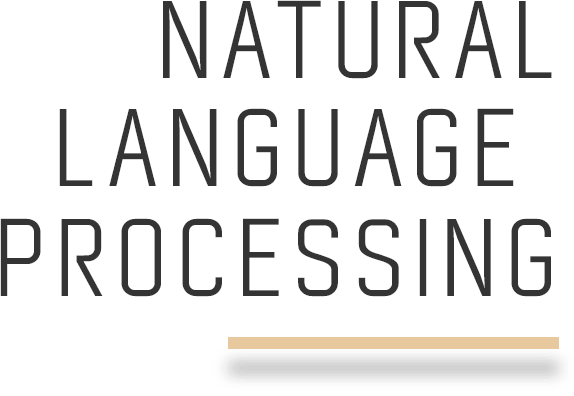
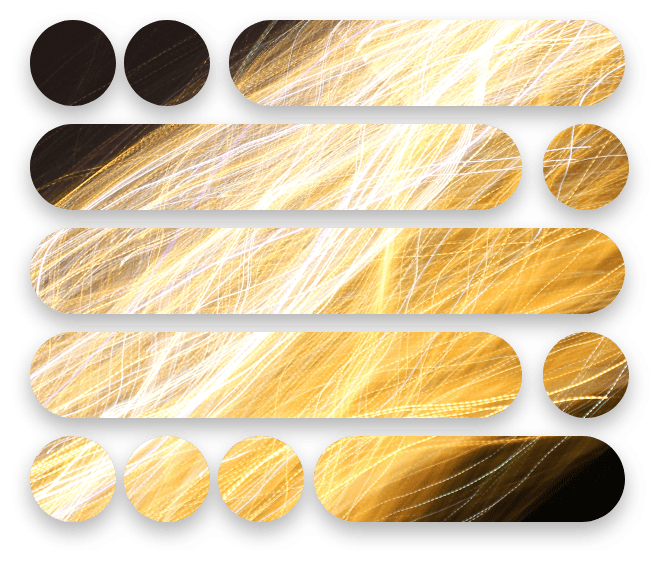
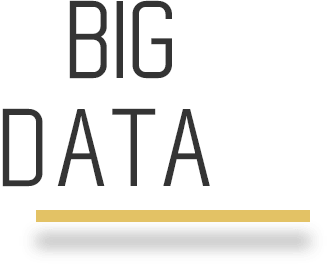
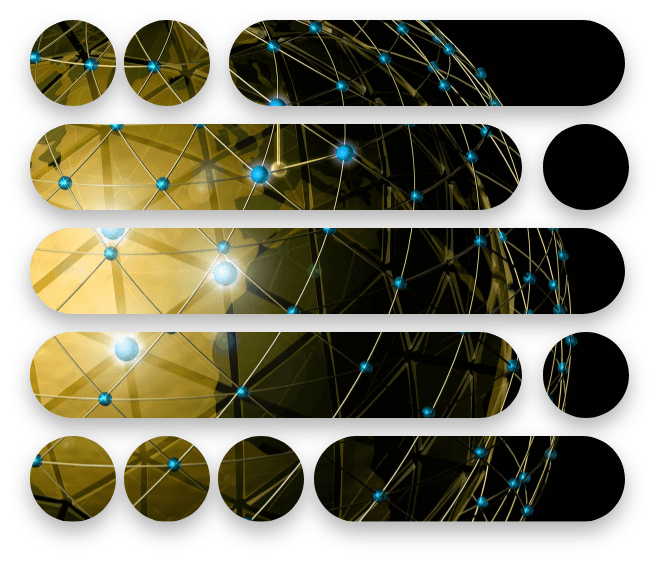
BIG DATA IS CHANGING THE WAY THE WORLD USES BUSINESS INFORMATION TO UNLOCK INSIGHTS FOR EVERY INDUSTRY
Big Data importance doesn’t revolve around the quantity of data available, but instead about of what one can do with it.
Data can be gathered from from any source and analyze it to find answers in order to reduce cost reductions and time, improve product development, optimized offerings and taking smarter decision.
What Is Big Data
Big data is a term that describes the large volume of data, both structured and unstructured, so large, fast or complex that it’s difficult or impossible to process using traditional methods.
This huge amount of information can be analyzed for insights that lead to better decisions and strategic moves in every industry.
Big Data Applications
Big data applications have introduced cutting-edge possibilities in every aspect of our daily life. Examples are banks that can take important decisions. It can identify the new branch locations where the demand is high.
Restaurants evaluate data to predict customer behavior along with their food taste and demand as well. Healthcare managers can keep track of patient’s records and predict the required doctors at specific times.
THE APPLICATION OF TECHNOLOGIES LIKE AI AND MACHINES TO AUTOMATE PROCESSES WILL CHANGE OUR CONCEPT OF SOCIETY
As technology capability improves, regulation permits and social acceptance grows, more autonomous things will be deployed in private and public spaces.
What Is Automation & Robotics
Although automation and robotics are sometimes used interchangeably, they refer to different things. Automation means using computer software, machines or other technology to carry out a task which would otherwise be done by a human worker.
Robotics is a branch of engineering which incorporates multiple disciplines to design, build, program and use robotic machines. In short Robotics are just one of many methods of Automation.
Automation & Robotics Applications
There are many types of applications ranging from the fully mechanical to the fully virtual. Examples are: automated hiring tools can read through applications at amazing speeds to quickly identify the best candidates.
Or robots that can be used in all sorts of industries, from the automotive industry to packaging or other manufacturing domains, to carrying out household tasks such as cleaning.
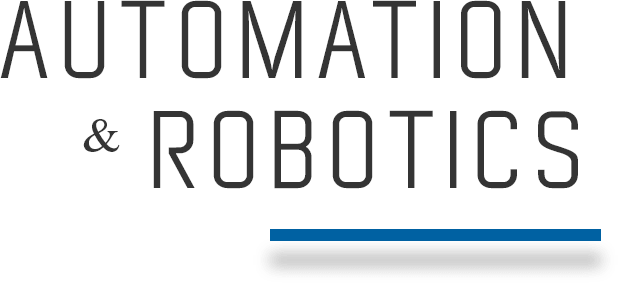
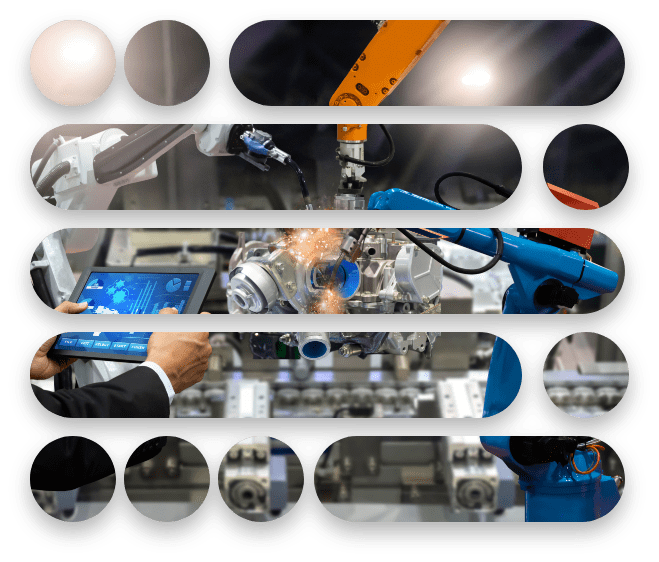
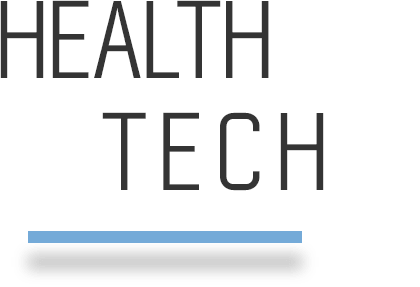
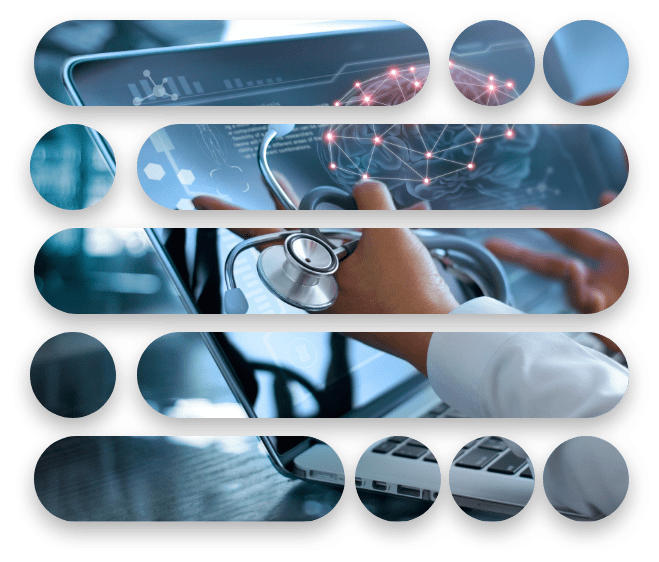
HEALTHTECH IS THE NEW FRONTIER IN THE DEVELOPMENT AND MARKETING OF CARE AND MEDICINAL PRODUCTS
Given the stress that issues such as global health trends and population aging pose in the medical world, innovative health technology has evolved to address these challenges.
Today, Healtech companies provide a much-needed jolt of efficiency by tailoring experiences to the individual.
What Is Health Tech
Healthtech, or digital health, is the application of technology such as databases, applications, mobiles and wearables, to improve the delivery, payment, and consumption of care.
Healthtech has the potential to remove what is excessive in the traditional healthcare scene. Skyrocketing costs, unbearable waiting times, inefficiencies in drug development and limited access to insurers and healthcare providers. Everything can be improved thanks to technology.
Health Tech Applications
Healthcare technology refers to any IT tools or software designed to boost hospital and administrative productivity, give new insights into medicines and treatments, or improve the overall quality of care provided.
By personalizing everything from insurance payments to diets and sleep patterns, healthtech companies are amplifying human health and reducing much of the unnecessary strain on the industry.
SCIENTISTS HAVE ENGINEERED A NEURAL NET THAT ALLOWS BIOLOGICAL AND ARTIFICIAL BRAIN CELLS TO COMMUNICATE
Until now neurons have been like black boxes but now scientists and engineers have managed to open the black box and peer inside.
Artificial neurons represent a total paradigm shift. They provide a solid method of reproducing the electrical properties of real neurons in minute detail.
What Is Artificial Neurons
Scientists have found a way to attach artificial neurons onto silicon chips, mimicking the neurons in our nervous system and copying their electrical properties.
The first silicon neurons are an example of the so-called bioelectronic medicine, which imitates natural circuits and processes with artificial materials.
Artificial Neurons Applications
Researchers have developed low-power silicon chips that mimic the electrical activity of neurons. This could enable the small chips to function as artificial neurons in numerous implants and medical devices.
Researchers also hope their work could be used in medical implants to treat conditions such as heart failure and Alzheimer’s as it requires so little power.
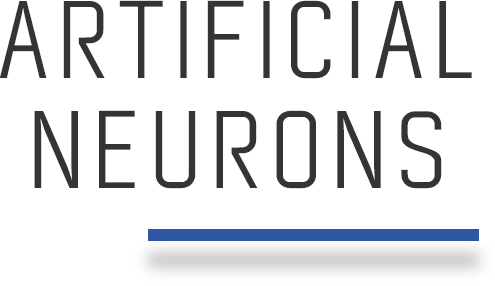
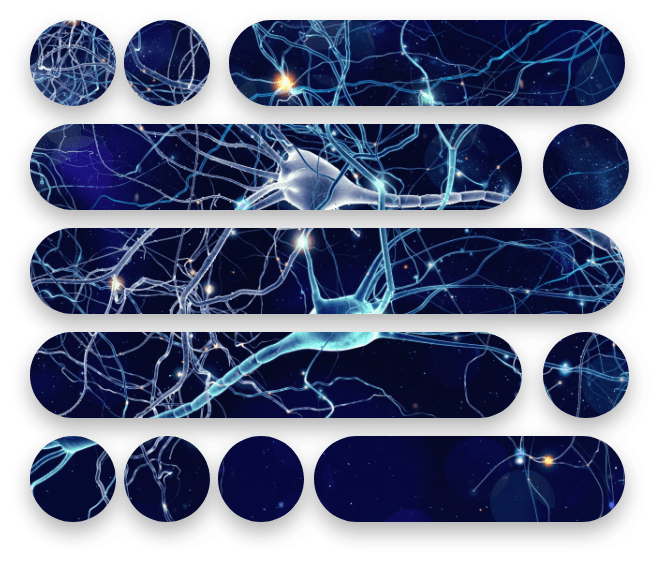
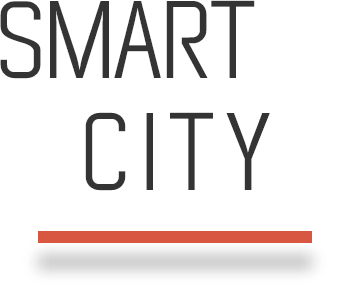

CITIES WILL BE THE DEFINING FEATURE OF HUMAN GEOGRAPHY FOR THE 21ST CENTURY
Smart city technologies are optimizing infrastructure, mobility, public services, and utilities.
As cities become an even more important driver of the global economy and wealth, it’s becoming crucial to ensure that they are optimized to maximize efficiency and sustainability, while enhancing the quality of life in each urban conglomeration.
What Is Smart City
A smart city is a framework, predominantly composed of Information and Communication Technologies, to develop, deploy, and promote sustainable development practices to address growing urbanization challenges.
Smart City Applications
Citizens engage with smart city ecosystems in a variety of ways using mobile devices, as well as connected cars and homes. Pairing devices and data with a city’s physical infrastructure and services can cut costs and improve sustainability.
Communities can improve energy distribution, streamline trash collection, decrease traffic congestion, and even improve air quality with help from the IoT.
THE CAPACITY OF DISEASE PREDICTION GROWS AND WILL GROW TOGETHER WITH THE INCREASE IN DATA ALLOWS IT
Patients often have a better chance of recovery the earlier their disease is diagnosed and predictive medicine technologies take this to a new level.
In the era of predictive medicine, management of diseases is evolving into a more personal and individualized approach, as more data are available.
What Is Predictive Medicine
Predictive medicine is an exciting new approach to healthcare that harnesses the latest biological and analytical techniques to make predictions about the future health of a patient or population.
Through a combination of data it is possible to make predictions about a person’s biology, but also to get information on his lifestyle and choices, such as diet and exercise history.
Predictive Medicine Applications
The fields of application of predictive medicine are many: prediction of cancers, particularly where there’s a family history of a specific cancer. But also efforts to more accurately predict the onset and development of cancers in people with other risk factors, such as socioeconomic or lifestyle factors.
Progress is also expected for other conditions such as multiple sclerosis. Advances that help improve the ability to prevent or reduce the severity of the disease.
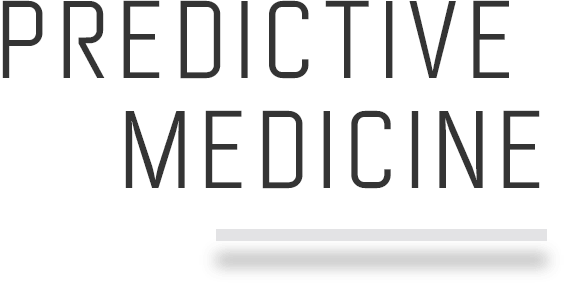
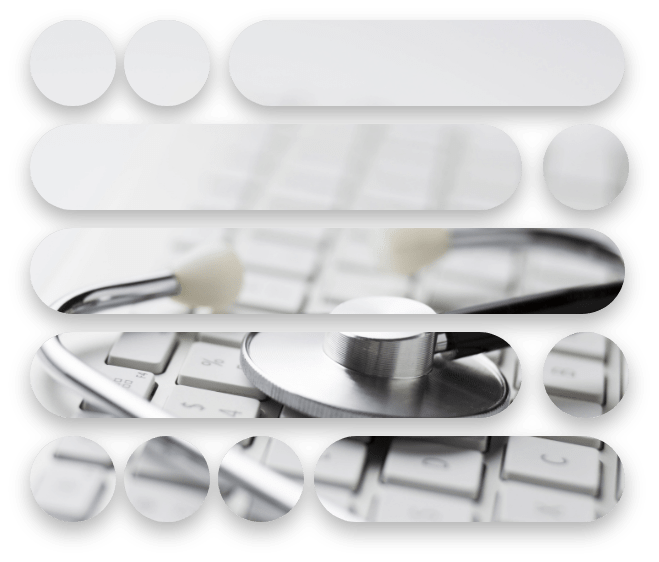
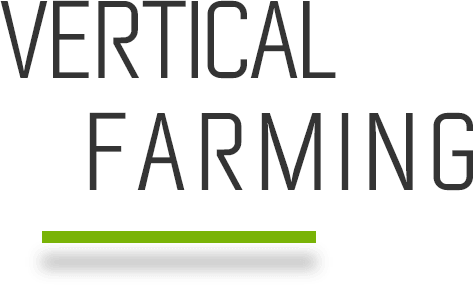
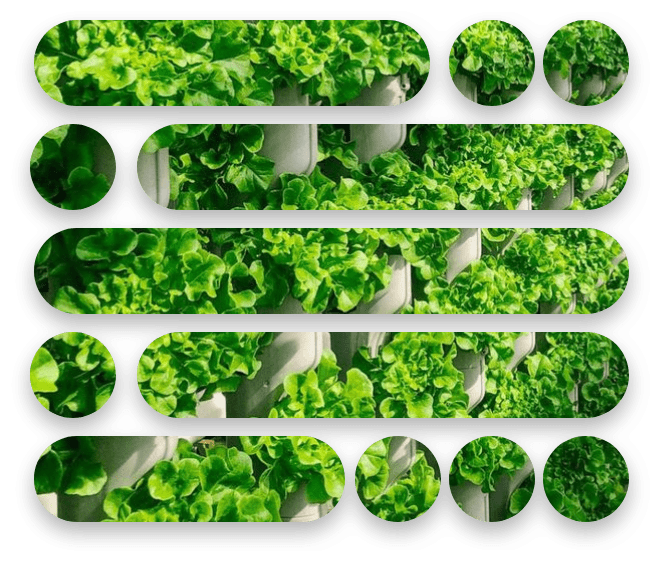
THE PRIMARY GOAL OF VERTICAL FARMING IS TO MAXIMIZE CROPS OUTPUT IN A LIMITED SPACE.
By 2050, around 80 percent of the world population is expected to live in urban areas. The growing population will lead to an increased demand for food.
The efficient use of vertical farming may play a significant role in preparing for such a challenge.
What Is Vertical Farming
Vertical farming is the practice of producing food on vertically inclined surfaces. Instead of farming vegetables and other foods on a single level, such as in a field or a greenhouse, this method produces foods in vertically stacked layers commonly integrated into other structures like a skyscraper, shipping container or repurposed warehouse.
Vertical Farming Applications
Vertical farming technologies are still relatively new but the industry has already found many applications. Hydroponics, a system of growing plants in solutions of nutrients that are essentially free of soil.
Aquaponics, that aims to combine the fish and plants in the same ecosystem. Lokal, a system designed to serve fresh food right in the place where it is grown. And many others.
IN THE 21ST CENTURY, TECHNOLOGY STARTS TO MERGE WITH THE HUMAN BODY TO BECOME ONE
Human enhancement technologies focuses on progressive human evolution by developing and harnessing latent human potential.
It is ushering in a new era. An era in which humans learn to focus more on finding, discovering and unlocking every aspect of their innate human potential.
What Is Human Enhancement
Human enhancement (HE) is the natural, artificial, or technological alteration of the human body in order to enhance physical or mental capabilities.
It explores how technology can be used to deliver cognitive and physical improvements as an integral part of the human experience.
Human Enhancement Applications
We have already seen the proliferation of smart devices, and smart wearables. New applications include the use of these wearables to improve worker safety in the mining industry.
In other industries, such as retail and travel, wearables could be used to increase worker productivity and increase human ability. Companies like Boston Dynamics have already developed a wide variety of human augmenting devices that can be used in factories or on the battlefield.
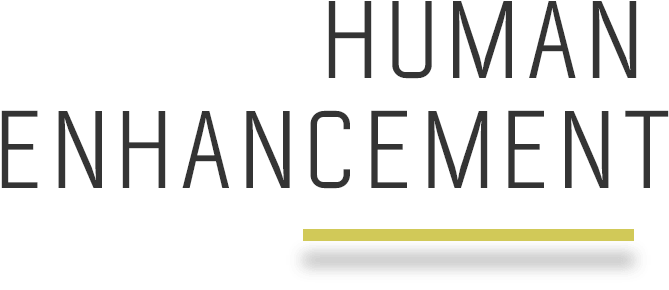
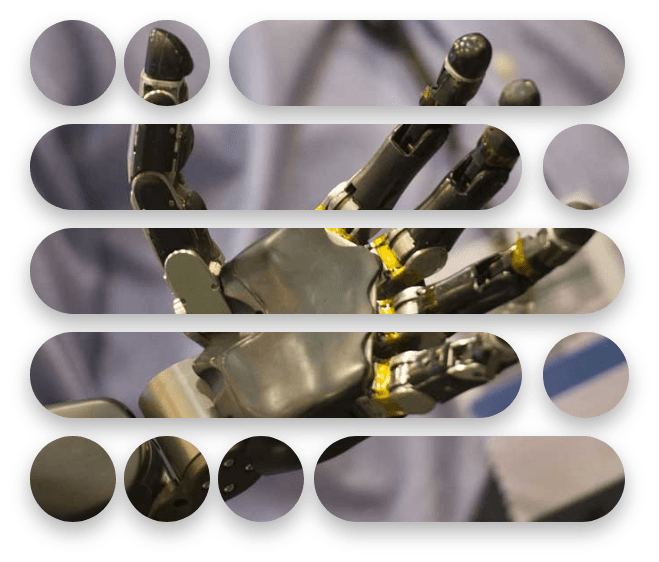

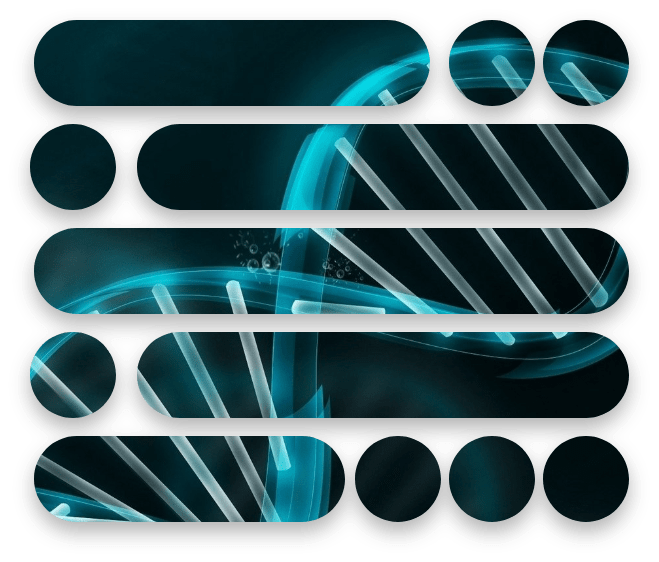
GENOME EDITING TECHNOLOGY CAN REPRESENT A TURNING POINT FOR THE GOOD OF HUMANKIND AND THE PLANET
In recent years, the emergence of highly versatile genome-editing technologies has provided investigators with the ability to rapidly and economically introduce sequence-specific modifications into the genomes of a broad spectrum of cell types and organisms.
What Is Genome Editing
Genome Editing is a group of technologies that give scientists the ability to change an organism’s DNA. These technologies allow genetic material to be added, removed, or altered at particular locations in the genome.
Several approaches to genome editing have been developed, in particular one known as CRISPR (Clustered Regularly Interspaced Short Palindromic Repeats)
Genome Editing Applications
As scientists understanding of the genomic makeup of humans increases, so does the ability to manipulate genes and improve health diagnostics and treatments.
Next-generation genomics will offer advances in our understanding of plants and animals, potentially creating opportunities to improve the performance of agriculture and to create high-value substances from ordinary organisms.
FOODS MADE WITH PLANT-BASED INGREDIENTS INSIDE ANIMAL MEAT ARE A MAJOR CHANGE IN HUMAN NUTRITION
Just as different foods can have differing impacts on human health, they also have differing impacts on the environment.
Shifting towards a “planetary health diet” can nurture both people and planet.
What Is Plant-Based Food
Food made with plant-based ingredients instead of animal. Plant-based alternatives to animal-based foods are not a new phenomenon. However, a new generation of plant-based meat alternatives is aiming to do just that.
In particular products che simulano burger with their imitation of beef, in both taste and experience. The growing trend to incorporate vegetarian options into a diet of meat and fish is known as flexitarianism and it comes with immense health benefits.
Plant-Based Food Applications
There are two fundamental benefits that are obtained from the production of this type of food: increasing people’s health and protecting the environment.
Reducing the consumption of meat and dairy products from animal sources is a good particularly for people at a higher risk for cardiovascular disease or certain types of cancers, and would drastically contribute to the achievement of climate targets and would reduce the risk of exceeding the high temperature.

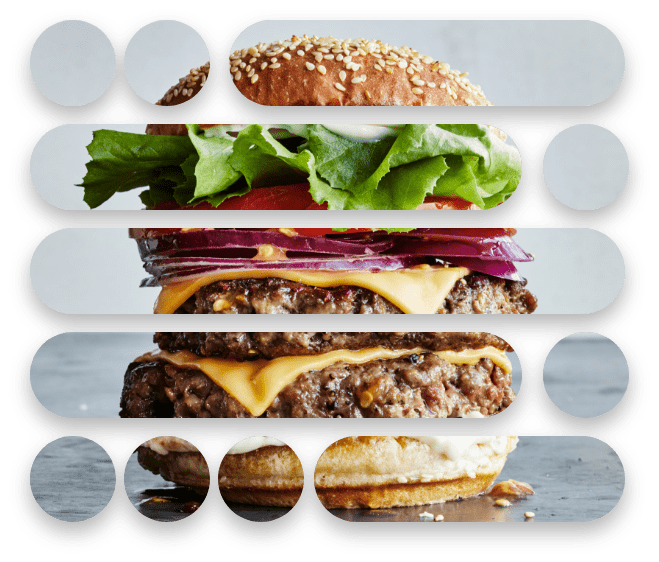
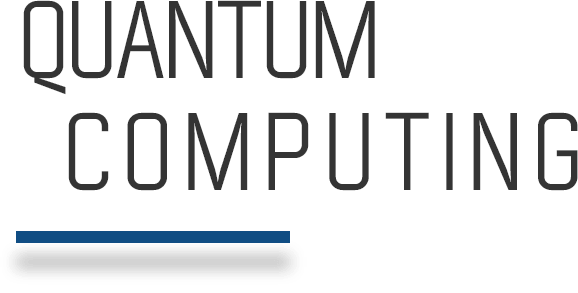
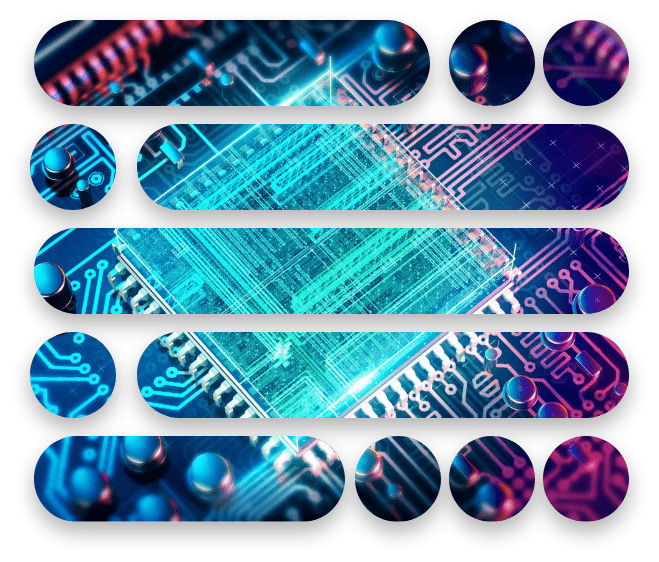
QUANTUM COMPUTERS ARE A NEW GENERATION OF DEVICES CAPABLE OF SIMULTANEOUSLY CONSIDERING A HUGE AMOUNT OF COMBINATIONS
Quantum computing could change the world. Researchers have made great progress in developing the algorithms that quantum computers will use.
What Is Quantum Computing
Quantum computers are machines that use the properties of quantum physics to store data and perform computations. Classical computers encode information in binary bits that can either be 0s or 1s. In a quantum computer, the basic unit of memory is a quantum bit or qubit. Qubits are made using physical systems, such as the spin of an electron or the orientation of a photon.
These systems can be in many different arrangements all at once, a property known as quantum superposition. Qubits can also be inextricably linked together using a phenomenon called quantum entanglement. The result is that a series of qubits can represent different things simultaneously.
Quantum Computing Applications
Quantum computers could spur the development of new breakthroughs in science, medications to save lives, machine learning methods to diagnose illnesses sooner, materials to make more efficient devices and structures, financial strategies to live well in retirement, and algorithms to quickly direct resources such as ambulances.
It could transform medicine, break encryption and revolutionise communications and artificial intelligence.
EXPLORE MORE
Sonder Industries members use their skills and competences to find solutions to the great social challenges of our time. We bring together thinkers, innovators and anyone who is willing to use their resources to solve some of the most pressing global problems.


